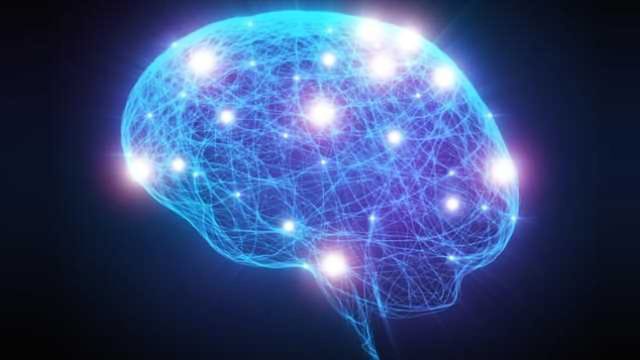Featured Articles
Latest Articles

Article
Inflamyloid: What Is It and Why Is It Important in Alzheimer's Disease?
Alzheimer’s disease (AD) is the leading cause of dementia worldwide. Classically, the “amyloid” hypothesis, which ties the disease’s spread to that of amyloid protein, is thought to underlie AD’s pathology. After years of mixed to negative results in clinical trials, new research is underway to investigate what role the brain’s own immune system plays in amyloid-driven disease; an “infl-amyloid” hypothesis.

Article
Through the Looking Glass of Single-Cell Proteomics
To pick apart the differences between individual cells in complex multicellular organisms, we need to look at cells one-by-one. This article takes a look at how several scientists in North America are using single cell proteomics (SCP) technologies to discern disease pathogenesis and enhance directed stem-cell differentiation.

Article
Exploring the Public’s Perception of Food Fraud
When you go to the shops to buy the weekly groceries, it’s quite likely you’ll find yourself thinking about where your food has come from. Is this organic? Is that free-range? You are perhaps less likely to find yourself wondering, “Is this food fake?”

Article
Unlocking the Secrets of Brain Organization -in the Fruit Fly
As many people spent the summer trying to keep the flies away from their fruit-bowls, an international group of scientists published one of the biggest and most important datasets in the field of connectomics to date, the complete 3D electron micrograph volume of the fruit-fly (Drosophila melanogaster) brain.

Article
Exploring Consciousness with Psychedelics
Chris Timmermann, from The Psychedelic Research group at Imperial College London studies the action of psychedelics on the brain and their potential as therapeutics. This article reviews their research and their implications.

Article
Using Therapeutic Antibodies Against Alzheimer’s Disease
What if immunotherapy was the solution to cure Alzheimer’s disease (AD)? AD represents a major health issue as it affects an increasing number of people each year. The search for a therapy against AD is uncertain. Nevertheless, we can hope that the fast-growing advances in biotechnologies could lead to an improvement in diagnostics and a better understanding of the disease.

Article
Does the Brain Really Feel no Pain?
The brain has no nociceptors – the nerves that detect damage or threat of damage to our body and signal this to the spinal cord and brain. This has led to the belief that the brain feels no pain. A belief that has entered popular culture.

Article
Three Ways to Turn Life Science Suppliers into Partners
A growing number of life science businesses are turning to greater supply chain collaboration for benefits like accelerated time to market, improved quality, reduced risk and more rapid and widespread innovation. But while 68% of executives in this industry say active and meaningful engagement with suppliers is essential to success, far too many, over a third, struggle to implement it.

Article
What Colour is This Shoe?
Just when you thought it was safe to go back on social media, a new controversy has erupted. The question dividing opinions across the internet is now, "Do you see a pink shoe with white laces, or a grey shoe with blue laces?"

Article
The Brain Bounces Back: Activity enables mice to overcome brain damage
Scientists removed an area of the somatosensory cortex in mice and found the animals could recover their behavioral deficit within two days.
Advertisement




